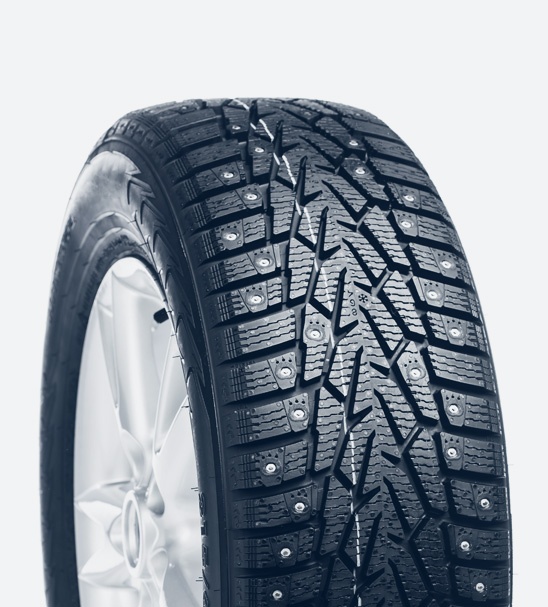automobile oil seal
Understanding Automobile Oil Seals Their Importance and Functionality
In the intricate world of automotive engineering, each component plays a significant role in ensuring the vehicle's optimal performance. Among these components, the oil seal stands out as a vital element in protecting the engine and enhancing its longevity. This article seeks to provide an in-depth understanding of automobile oil seals, their functions, types, and maintenance practices, emphasizing their importance in the automotive landscape.
What is an Oil Seal?
An oil seal, commonly referred to as a shaft seal, is a mechanical component designed to seal the gaps between the rotating and stationary parts of an engine. Typically constructed from materials such as rubber, silicone, or composite materials, oil seals are engineered to prevent the leakage of lubricants, grease, or other fluids from an assembly. Their primary function is to maintain the integrity of the lubrication system, thereby preventing contamination and ensuring that the engine operates smoothly.
Functions of Oil Seals
The primary function of an oil seal is to contain the oil within the engine components, such as the crankshaft, camshaft, and transmission. This containment is critical because lubricant leakage can lead to reduced lubrication efficiency, increased friction, and ultimately, engine wear and failure. Additionally, oil seals prevent dirt, dust, and moisture from entering sensitive areas, which can compromise the performance and lifespan of the engine.
Moreover, oil seals play a crucial role in maintaining pressure within the engine. They help in sustaining the necessary oil pressure required for the efficient functioning of various engine components, including the oil pump and bearings. Any malfunction or failure of the oil seal can lead to disastrous outcomes, including engine overheating and significant damage.
Types of Oil Seals
Oil seals come in various types and designs, each suited for specific applications within the automotive industry. Some of the most common types include
automobile oil seal

1. Single-lip Oil Seals These are the most basic type of oil seal, featuring a single lip that makes contact with the rotating shaft. They are typically used in low-pressure applications.
2. Double-lip Oil Seals Designed with two sealing lips, these seals provide enhanced protection against contaminants. They are commonly used in areas where there is a high risk of dirt intrusion.
3. Mechanical Seals These are used in high-performance applications and are designed to maintain a tight seal under extreme pressure. They often utilize a combination of materials to ensure durability and resistance to wear.
4. Teflon Seals Known for their chemical resistance and low friction properties, Teflon seals are used in applications where conventional rubber seals may deteriorate quickly due to exposure to harsh chemicals.
Maintenance and Replacement
Like any mechanical component, oil seals are subject to wear and tear over time. Regular maintenance is crucial to ensure their longevity and functionality. One of the key signs of a failing oil seal is the appearance of oil leaks underneath the vehicle. If such leaks are noticed, it’s essential to address the issue promptly to prevent further damage.
When replacing an oil seal, it is vital to select the correct type for the specific application, as using the wrong seal can lead to further complications. Moreover, proper installation is critical; improper fitting can cause the seal to wear out quickly or fail entirely. It’s advisable to consult with a professional mechanic or refer to the vehicle’s service manual for guidance on replacement procedures.
Conclusion
In summary, automobile oil seals are essential components that contribute significantly to the performance and longevity of a vehicle’s engine. By preventing the leakage of lubricants and blocking contaminants, oil seals ensure that engines operate efficiently and reliably. Understanding their types, functions, and maintenance practices is crucial for every vehicle owner and automotive technician. By paying attention to these critical components, one can safeguard their vehicle against potential issues and ensure a smoother, more efficient driving experience for years to come.
-
Transfer Case Output Shaft Seal Part 9031223001 | Durable & Leak-Proof
News Sep.01,2025
-
TOYOTA Seal Type T Oil 9031147026 | Genuine OEM Quality
News Aug.31,2025
-
Engine Crankshaft Oil Seal 9031138096: Reliable Leak Protection
News Aug.30,2025
-
Cassette Seal: Integrated Solutions for Heavy Duty
News Aug.29,2025
-
Premium Automotive Oil Seals Suppliers | Durable & Precision
News Aug.28,2025
-
Oil Drain Plug Washer Reusable Types
News Aug.22,2025
-
Oil Drain Plug Replacement Guide
News Aug.22,2025
Products categories















